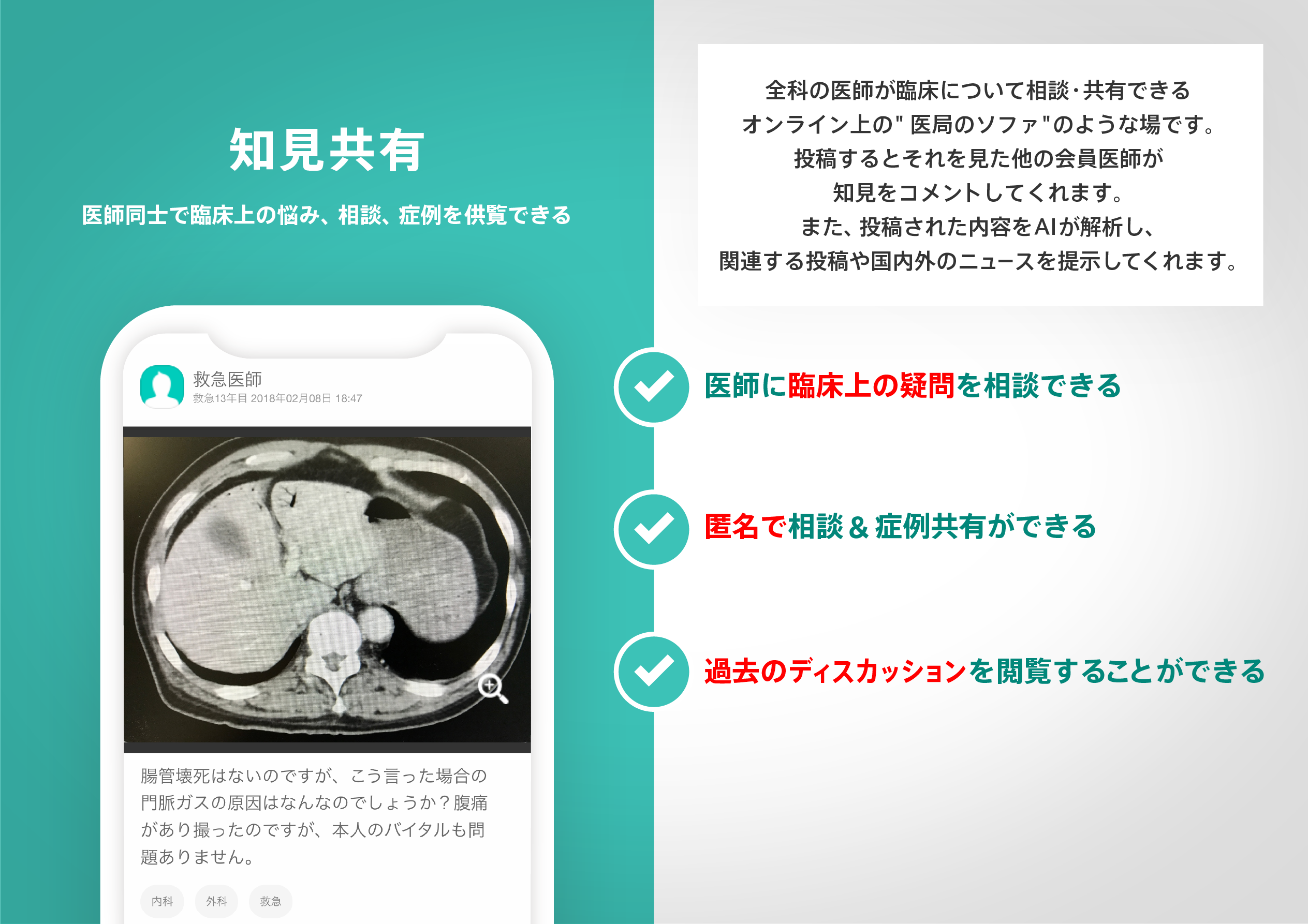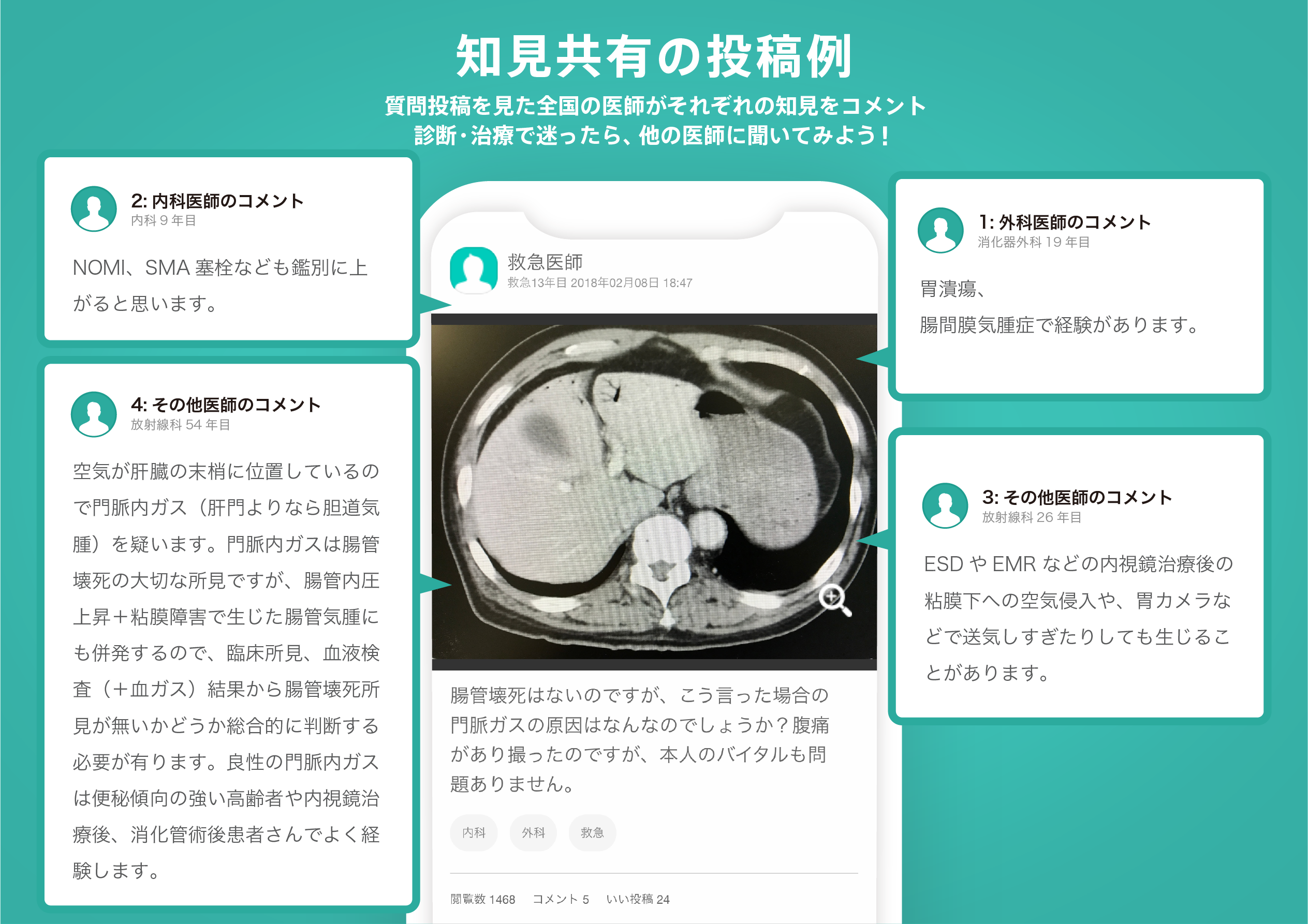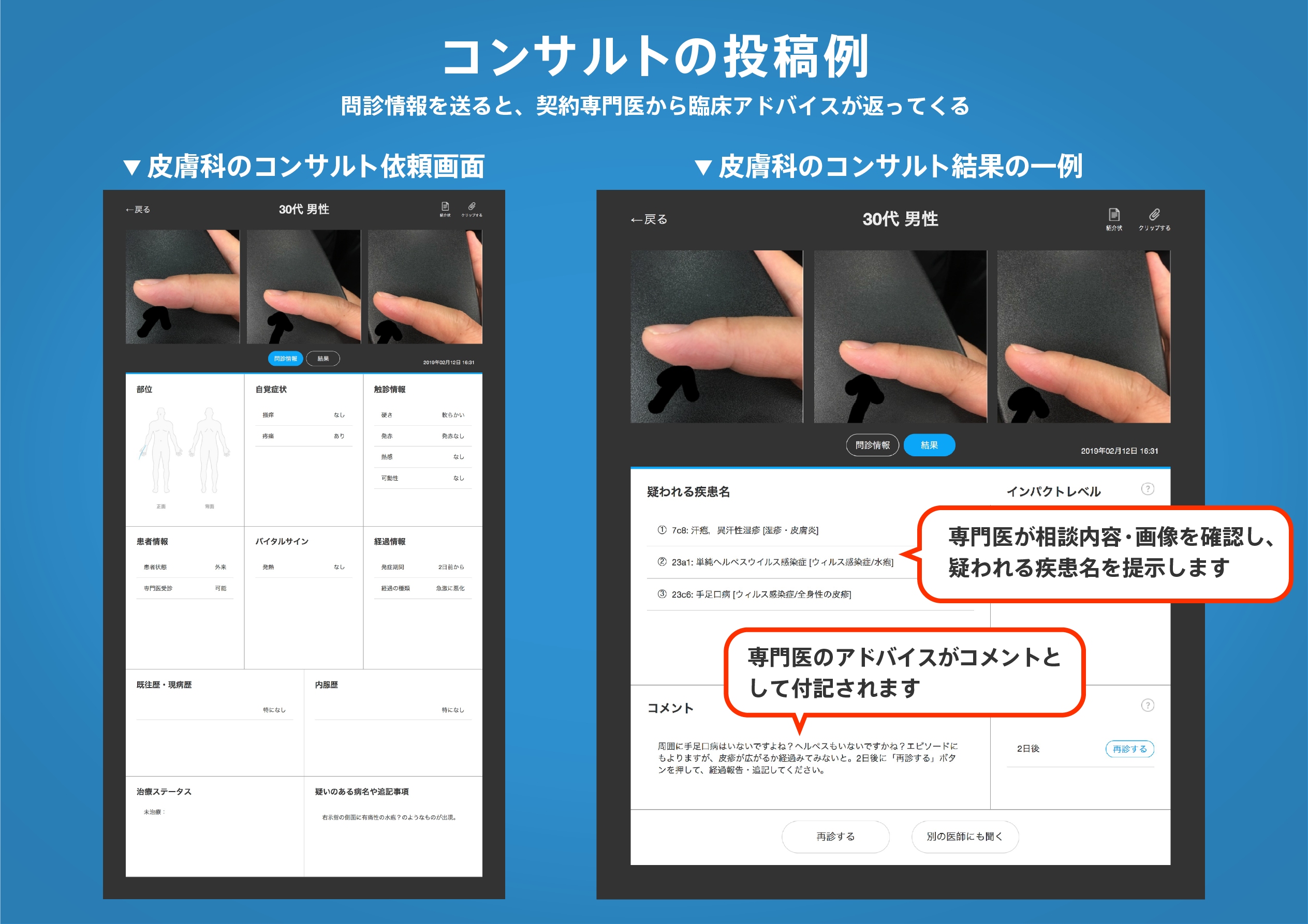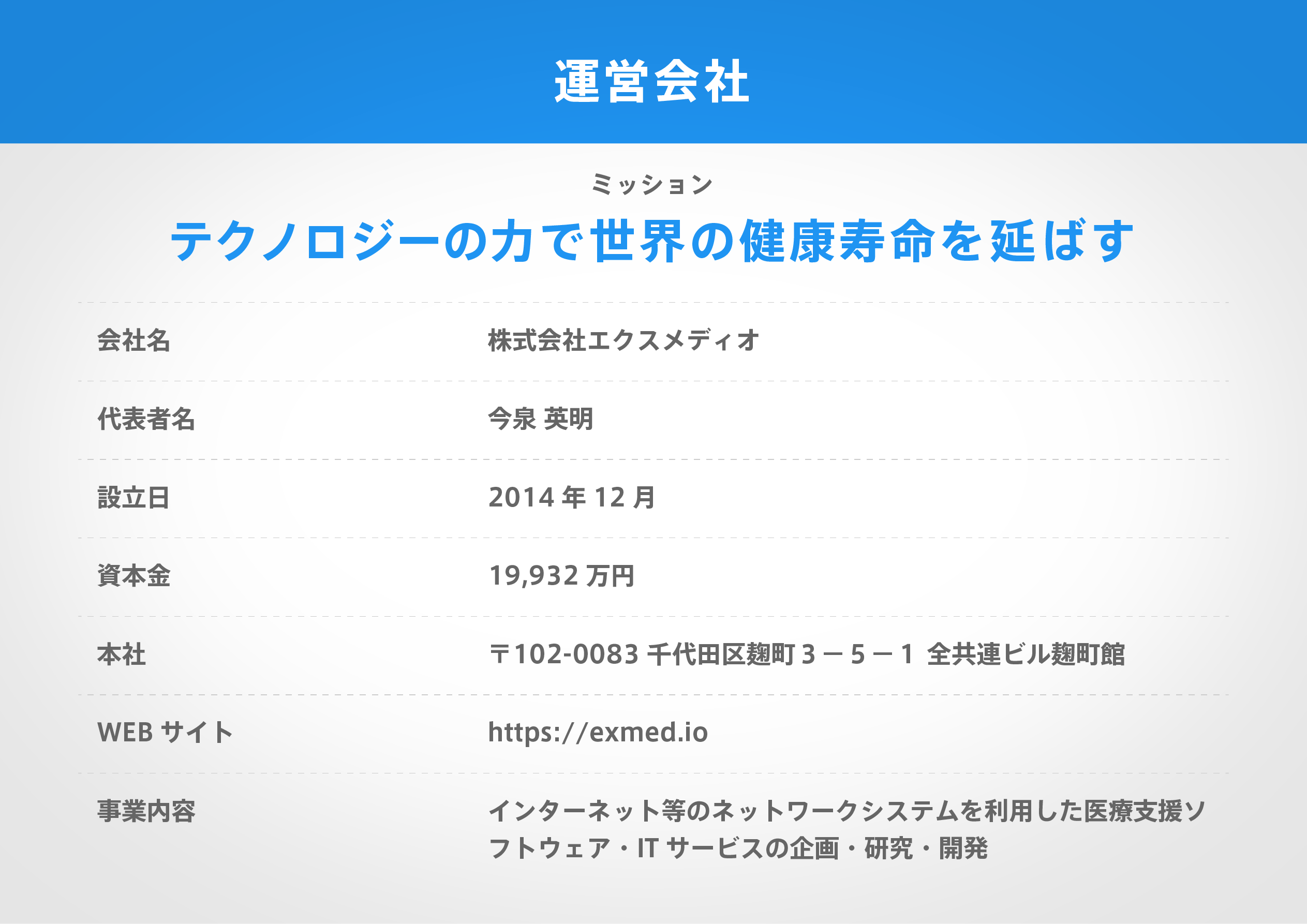著名医師による解説が無料で読めます
すると翻訳の精度が向上します
背景:糖尿病や高血圧を含む、成人期の非感染性慢性疾患の発症に対する飢amineの曝露などの有害な出生前環境の影響は、最近の過去によく明確にされ、証拠によって支持されています。しかし、成人期の腎機能に対する出生前飢amine暴露の長期的な結果に関して行われた縦断的研究はほとんど存在しません。したがって、エチオピアの大飢amine(1983-1985)への出生前曝露が推定糸球体ろ過率(EGFR)の変化と成人期の後半に慢性腎疾患(CKD)を発症するリスクと関連しているかどうかを調べることに着手しました。 方法:この研究は、エチオピア北部の北ウォロゾーンのラヤコボ地区で219飢amine露出と222の非暴露コホートで実施されました。推定GFRは、CKD疫学コラボレーション(CKD-EPI)方程式を使用して、標準化された血清クレアチニンから計算されました。CKDの定義には、少なくとも90日間の2回の(腎臓損傷のマーカーの有無にかかわらず)EGFRが60 ml/min/min/1.73 m2未満のものが含まれます。線形およびロジスティック回帰分析は、それぞれEGFRとCKDに対する出生前飢amine暴露の独立した効果を調べるために採用されました。 結果:露出群および非暴露群の平均(SD)血清クレアチニンは、それぞれ0.78(0.2)および0.75(0.2)でした。露出グループの平均(SD)EGFRは107.95(27.49)でしたが、露出されていない114.48(24.81)ml/min。線形回帰では、飢amine暴露とEGFRとの関連を調べるための未調整モデルにより、有意な負のベータ係数が得られました(β= -0.124:95%CI:-11.43、-1.64)。収縮期血圧、空腹時血糖、血糖を含む腎臓の健康の顕著な共変量の曝露を調整しても、逆の関係は変化しませんでした(β= -.114 95%CI:-10.84、-1.17)。調整されていない二変量ロジスティック回帰モデルでは、飢amine暴露により、CKDの発症のほぼ2.7倍の可能性が増えました(OR:2.68、95%CI:1.16、6.2)。収縮期血圧、空腹時血糖、ボディマス指数を調整した後、オッズは同等のままでした(OR = 2.61:95%CI:1.120、6.09)。 結論:研究の設定では、偉大なエチオピア飢amineへの出生前暴露は、生存者の間でCKDを発症するEGFRの減少とより高いリスクと関連していた。これらの発見は、幼少期の飢amineが成人期の腎機能障害の発症に重要な役割を果たす可能性があることを暗示している可能性があります。
背景:糖尿病や高血圧を含む、成人期の非感染性慢性疾患の発症に対する飢amineの曝露などの有害な出生前環境の影響は、最近の過去によく明確にされ、証拠によって支持されています。しかし、成人期の腎機能に対する出生前飢amine暴露の長期的な結果に関して行われた縦断的研究はほとんど存在しません。したがって、エチオピアの大飢amine(1983-1985)への出生前曝露が推定糸球体ろ過率(EGFR)の変化と成人期の後半に慢性腎疾患(CKD)を発症するリスクと関連しているかどうかを調べることに着手しました。 方法:この研究は、エチオピア北部の北ウォロゾーンのラヤコボ地区で219飢amine露出と222の非暴露コホートで実施されました。推定GFRは、CKD疫学コラボレーション(CKD-EPI)方程式を使用して、標準化された血清クレアチニンから計算されました。CKDの定義には、少なくとも90日間の2回の(腎臓損傷のマーカーの有無にかかわらず)EGFRが60 ml/min/min/1.73 m2未満のものが含まれます。線形およびロジスティック回帰分析は、それぞれEGFRとCKDに対する出生前飢amine暴露の独立した効果を調べるために採用されました。 結果:露出群および非暴露群の平均(SD)血清クレアチニンは、それぞれ0.78(0.2)および0.75(0.2)でした。露出グループの平均(SD)EGFRは107.95(27.49)でしたが、露出されていない114.48(24.81)ml/min。線形回帰では、飢amine暴露とEGFRとの関連を調べるための未調整モデルにより、有意な負のベータ係数が得られました(β= -0.124:95%CI:-11.43、-1.64)。収縮期血圧、空腹時血糖、血糖を含む腎臓の健康の顕著な共変量の曝露を調整しても、逆の関係は変化しませんでした(β= -.114 95%CI:-10.84、-1.17)。調整されていない二変量ロジスティック回帰モデルでは、飢amine暴露により、CKDの発症のほぼ2.7倍の可能性が増えました(OR:2.68、95%CI:1.16、6.2)。収縮期血圧、空腹時血糖、ボディマス指数を調整した後、オッズは同等のままでした(OR = 2.61:95%CI:1.120、6.09)。 結論:研究の設定では、偉大なエチオピア飢amineへの出生前暴露は、生存者の間でCKDを発症するEGFRの減少とより高いリスクと関連していた。これらの発見は、幼少期の飢amineが成人期の腎機能障害の発症に重要な役割を果たす可能性があることを暗示している可能性があります。
BACKGROUND: The impact of an adverse prenatal environment such as famine exposure on the development of adulthood non-communicable chronic illnesses, including diabetes and hypertension has been well articulated in the recent past and supported by evidence. However, there exist few longitudinal studies conducted on the long term consequences of prenatal famine exposure on adulthood kidney function. Hence, we set out to examine whether prenatal exposure to the Ethiopian Great Famine (1983-1985) was associated with changes in estimated glomerular filtration rate (eGFR) and the risk of developing chronic kidney disease (CKD) later in adult life. METHODS: The study was conducted in 219 famine exposed and 222 non exposed cohorts in Raya Kobo district, North Wollo Zone, Northern Ethiopia. Estimated GFR was computed from standardized serum creatinine using the CKD Epidemiology Collaboration (CKD-EPI) equation. The definition of CKD includes those with an eGFR of less than 60 ml/min/1.73 m2 on at least in two occasions of 90 days apart (with or without markers of kidney damage). Linear and logistic regression analyses were employed to examine the independent effect of prenatal famine exposure on eGFR and CKD respectively. RESULTS: The mean (SD) serum creatinine of exposed and non-exposed groups were 0.78 (0.2) and 0.75 (0.2) respectively. The mean (SD) eGFR of exposed groups was 107.95 (27.49) while the non-exposed 114.48 (24.81) ml/min. In linear regression, the unadjusted model to examine the association between famine exposure and eGFR resulted in a significant negative beta coefficient (β = - 0.124: 95% CI: - 11.43, - 1.64). Adjusting the exposure for outstanding covariates of kidney health, including systolic blood pressure, fasting blood sugar and blood glucose did not alter the inverse relationship (β = -.114 95% CI: - 10.84, - 1.17). In the unadjusted bivariate logistic regression model, famine exposure resulted in nearly 2.7 times higher odds of developing CKD (OR: 2.68, 95% CI: 1.16, 6.2). The odds remained equivalent after adjusting for systolic blood pressure, fasting blood glucose and body mass index (OR = 2.61: 95% CI: 1.120, 6.09). CONCLUSION: In the study setting, prenatal exposure to the Great Ethiopian Famine was associated with decreased eGFR and higher risk of developing CKD among survivors. These findings may imply that famine in early life may play a significant role in the development of kidney dysfunction in adulthood.
医師のための臨床サポートサービス
ヒポクラ x マイナビのご紹介
無料会員登録していただくと、さらに便利で効率的な検索が可能になります。






